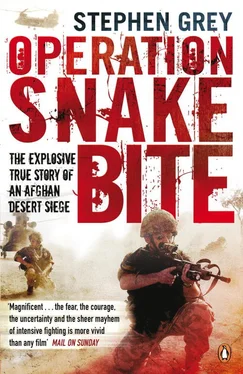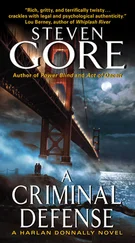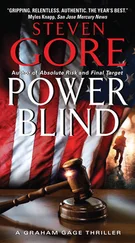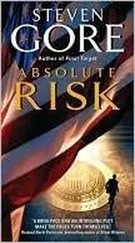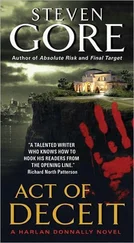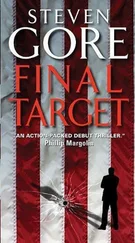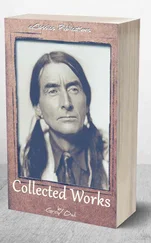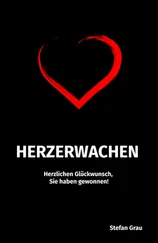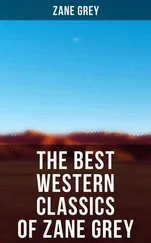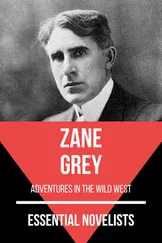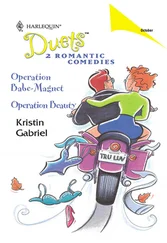I was thinking of all the other people I had met and all those horrific tales and of those who would be heading back to Afghanistan soon, even if their kit was not quite what they wanted.
But I mention to Lisa a message left on my website by an anonymous friend of Jonno’s. ‘My heart goes out to Lee’s family but hope that everyone also will remember he will be up there having a drink and having a laugh at everyone for being so sad,’ it said.
‘Yeah, that will be him,’ said Lisa, ‘laughing at us for being so gloomy.
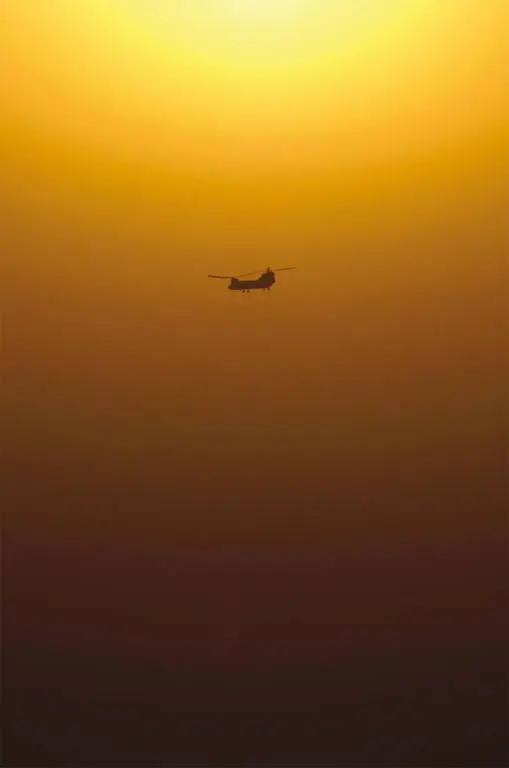
1. Chinook helicopter in Helmand sunset.
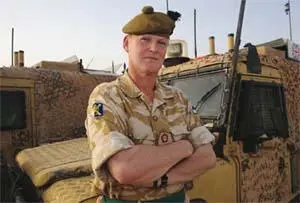
2. Brigadier Andrew Mackay commanded all British troops in Afghanistan and the multinational Task Force Helmand. He believes there have been too many pointless battles and that the target for British troops is to win the support of the population.
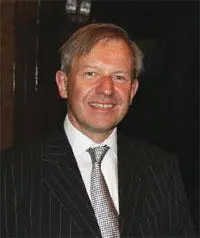
3. Sir Sherard Cowper-Coles, the British ambassador to Kabul, arrived in May 2007 with a determination to avoid misplaced optimism about the war.
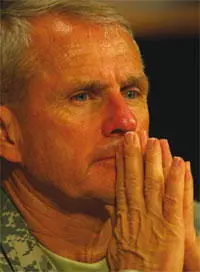
4. General Dan McNeill was the NATO commander in Kabul. He believed the mission was ‘not to defeat the Taliban but defeat their strategy’.
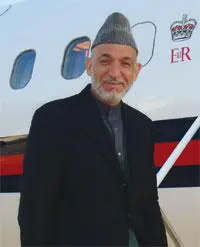
5. President Hamid Karzai, pictured on a trip to the UK, was not shy of publicly criticizing coalition tactics, most of all the number of civilians killed.
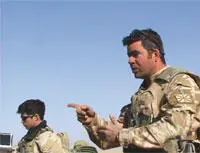
6. Major Jake Little commanded B Company, 2 Yorks, which the author was to accompany in Musa Qala.
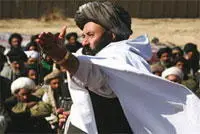
7. The promised defection of Mullah Abdul Salaam, a suspected Taliban commander, was the start of it all.
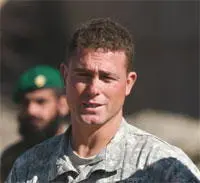
8. Lieutenant Colonel Brian Mennes commanded the American Task Force 1 Fury, a reserve force for Afghanistan. They knew that Musa Qala was somewhere on their horizon. A veteran of special forces, Mennes had forthright views on what was going wrong in the war — and how to fix it.
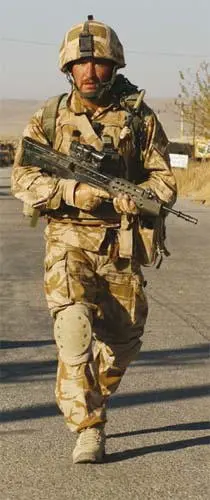
9. Sergeant Lee ‘Jonno’ Johnson, a platoon sergeant with B Company, 2 Yorks, was part of the team mentoring the Afghan army. Once known as ‘Mad Dog’ and ‘Judo’ Johnson, he was one of the battalion’s most colourful and beloved characters. He had strange premonitions of what lay ahead.
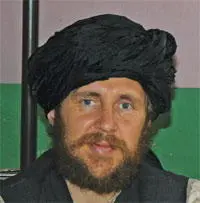
10. Michael Semple, an Irishman working as a diplomat for the European Union mission, was leading discreet talks with the Taliban across Afghanistan. By the end, he calculated, he might have met more Taliban commanders than the rebel movement’s own supreme leader.
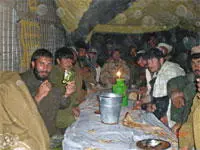
11. British soldiers eat dinner with former Taliban fighters persuaded to change sides by Michael Semple. They were known simply as ‘the Group’.

12. Royal Marines in action in the ‘Battle of 9/11’ outside Inkerman base on 11 November 2007 — the climax of one of the most intense days across Helmand in six months.
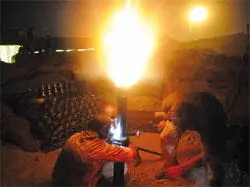
13. Mortar line at Inkerman in action in support of troops in contact.
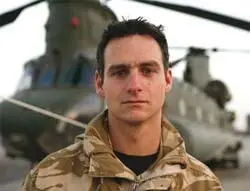
14. Flight Lieutenant Nichol Benzie, who took his Chinook into the ‘green zone’ on 9 / 11 in the heat of battle.

15. A shura organized by B Company, 2 Yorks, after they were scrambled out of Helmand province and sent to capture a town that had fallen to the Taliban. When B Company returned to base, the Taliban recaptured the town again — an example, says Little, of ‘daft orders’ from President Karzai.
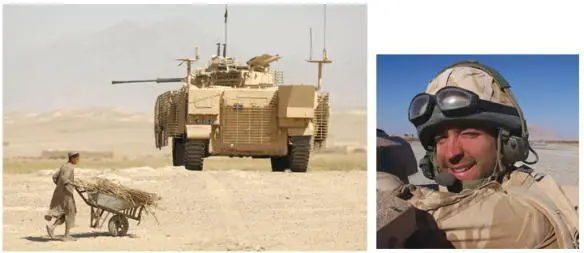
16-17. A Warrior armoured vehicle from the Scots Guards company commanded by Major Chris Bell ( right ), who led the push into the desert round Musa Qala, at first to protect the rebel Taliban commander Mullah Salaam, whom they soon called Mullah Salami.
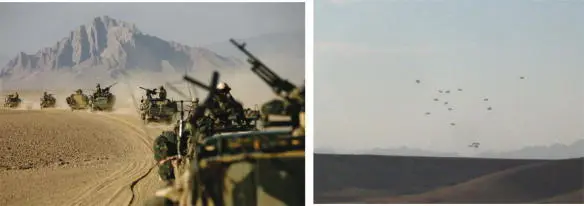
18-21. Supplied by frequent parachute drops, the Warriors were joined in the desert by the Brigade Reconnaissance Force ( above and below ), who probed far to the north of Musa Qala. Their commander was Major Tony Phillips ( below left ).
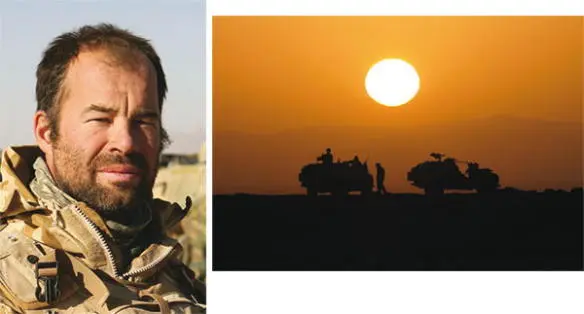
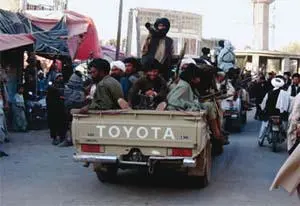
22. Taliban fighters photographed in the centre of Musa Qala. One commander declared: ‘Our lines are so strong that the foreigners will never break them.’

23. Mullah Sadiq was the Taliban commander in Kajaki. He had doubts about killing and injuring British soldiers, declaring: ‘It is their leaders, the politicians and generals, that I would like in the sights of my gun.’
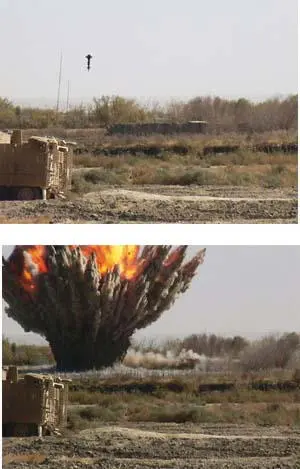
24-5. The small object tumbling from the sky is a satellite-guided JDAM bomb that wreaks devastation when it drops milliseconds later on to a compound near Garmsir, southern Helmand. The photos were taken by a soldier of the King’s Royal Hussars.

26. Soldiers of Task Force 1 Fury from the 82 nd Airborne prepare for departure at Kandahar airfield ( left ).
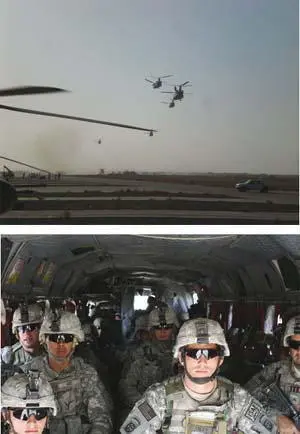
27-8. 1 Fury soldiers head off for the air assault on Musa Qala ( above ).

29. A soldier from the Brigade Reconnaissance Force reaches the edge of Musa Qala. The Musa Qala wadi is below, with ‘Mount Doom’ in the background.

30. Members of an Afghan militia sent to guard Mullah Salaam arrive at the British front line in two school buses.
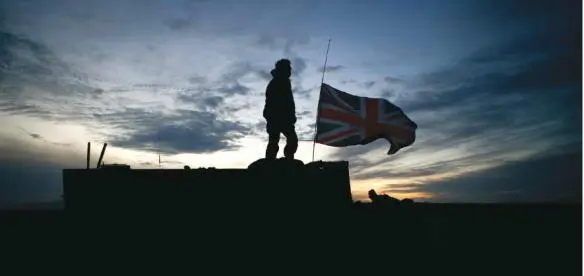
31. Corporal Darryl ‘Daz’ Gardiner, with the Brigade Reconnaissance Force, shortly after the death of his comrade, Trooper Jack Sadler, in the desert west of Musa Qala.
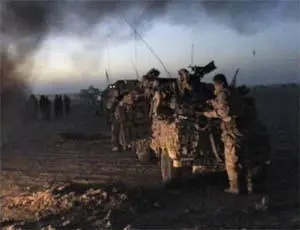
32. B Company, 2 Yorks, prepares for action at dawn on the day of assault.
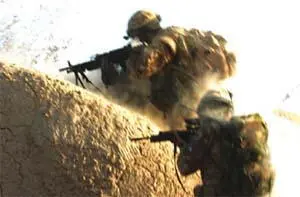
33. Soldiers from B Company, 2 Yorks, and the Afghan army in action in the village of Deh Zohr e Sofla after being ambushed by the Taliban.

34. Sergeant-Major Daniel Benson and medic, Corporal Phil French, try to save the life of a civilian with gunshot wounds.
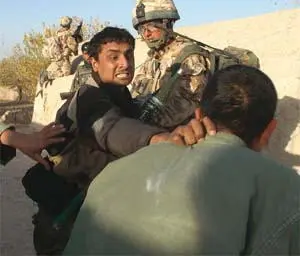
35. An Afghan soldier confronts a Taliban prisoner.
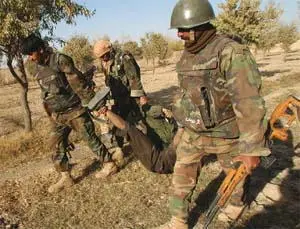
36. Afghan soldiers recover the body of a dead Taliban fighter.

37. US special force Green Berets in action in the village ( left ). They had earlier opened fire on civilian cars.
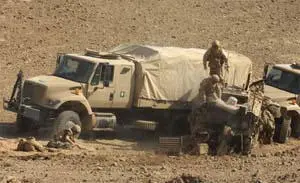
38-9. ( Above ), the scene just after the mine explosion under Sergeant Lee ‘Jonno’ Johnson’s armoured vehicle on 8 December. Soldiers are clambering over the damaged Vector to reach Jonno. Corporal Gregory ‘Cagey’ Roberts ( below ) had been trying to recover the Afghan truck, bogged down behind the damaged vehicle.
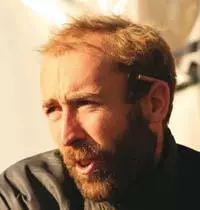
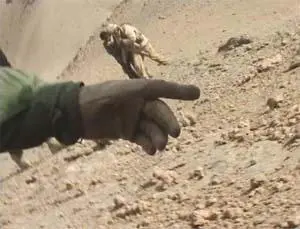
40. One of the wounded is helped away.
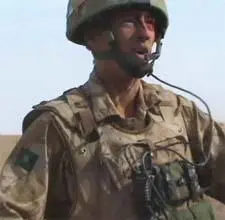
41. Captain Nick Mantell was standing by Jonno’s Vector when it exploded; he coordinated the rescue of survivors.
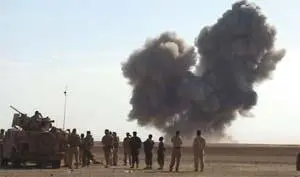
42. B Company watch as Jonno’s Vector is destroyed by a JDAM bomb.
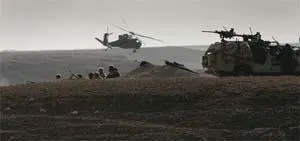
43-5. Apache helicopters in action in the Musa Qala wadi ( above ), as soldiers from the Brigade Reconnaissance Force fire from the ridgeline in support of US troops ( below ).
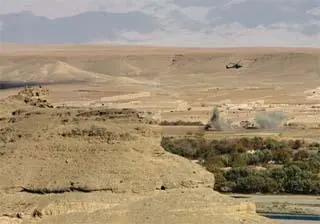
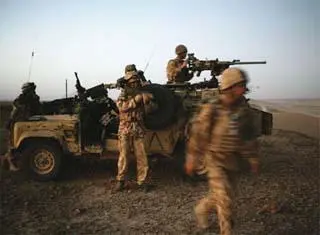
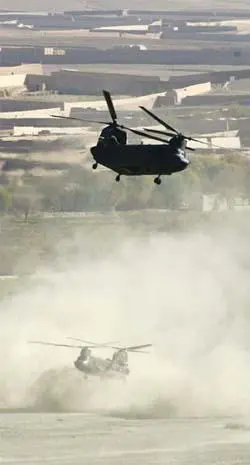
46. Chinook helicopters land in the wadi ( above ) to recover wounded and deliver supplies.
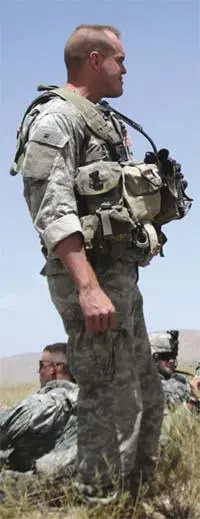
47. Sergeant James Brasher, of 1 Fury, before he led an assault at the foot of Roshan Hill.
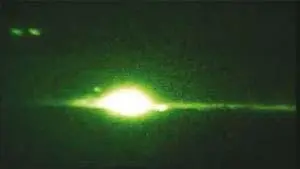
48. A special forces Spectre gunship in action at night over Musa Qala.
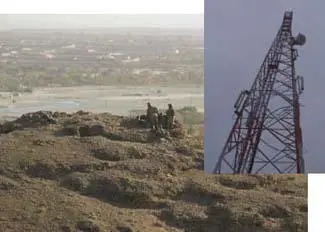
49-50. On top of Roshan Tower hill, overlooking Musa Qala, and Roshan Tower ( inset ).
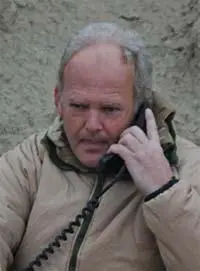
51. Brigadier Andrew Mackay in command of the front at the top of Roshan Hill.
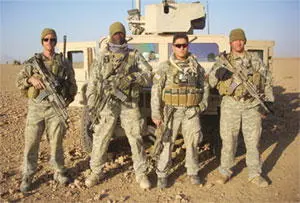
52. Four scouts from 1 Fury with their Humvee before it struck a mine, killing Corporal Tanner O’Leary ( far right ).
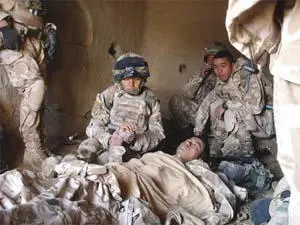
53. Wounded soldier Rifleman Subash Gurung from A Company, 1 Royal Gurkha Rifles, awaiting rescue from a compound in the green zone outside Sangin.
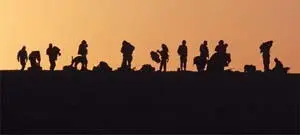
54. Afghan soldiers with B Company, 2 Yorks, on the morning of the final assault on Musa Qala.
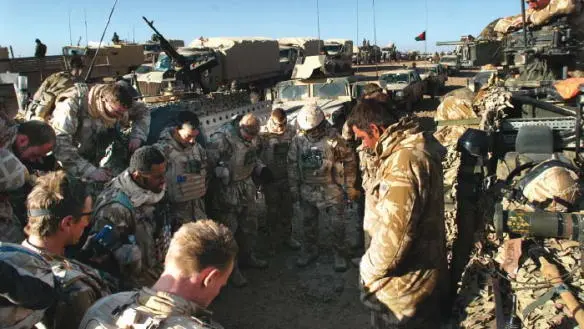
55. Private Lawrence Fong, standing opposite Major Little, leads B Company’s prayers before the final assault on Musa Qala.
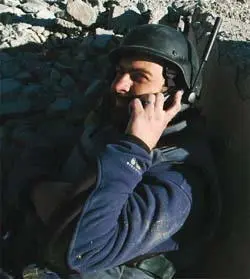
56. The author pictured in the rubble of the former Musa Qala district centre, phoning the BBC with news of the town’s capture.
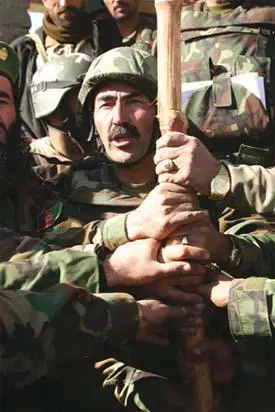
57. Brigadier Mohaydin ( right ), the Afghan army commander, clutches a flagpole before it is hoisted over the captured centre of Musa Qala.
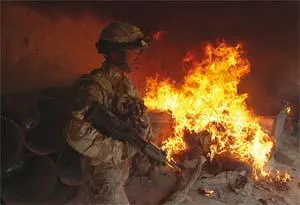
58-59. Medic Phil French walks past an opium factory being put to flames ( above ) as residents begin to return to Musa Qala ( below ).
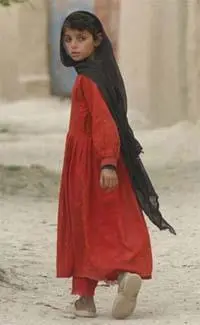

60-61. The scene on a ridgeline above Musa Qala after a vehicle of the Brigade Reconnaissance Force strikes a mine ( top left , the damaged vehicle on the far left of picture), minutes later a second mine explodes ( top right ), fatally injuring Corporal Darryl Gardiner.
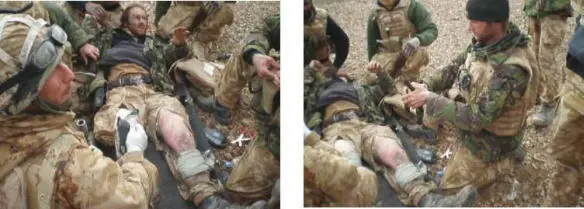
62-3. Corporal Gardiner pictured ( right ) just minutes before his death as he helps treat Danny Kay, who was injured in the first mine strike.
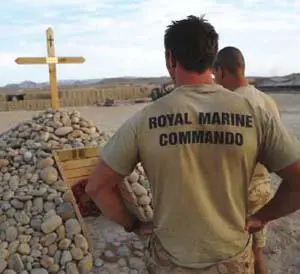
64. Royal Marines at their memorial at Inkerman to five British servicemen who had died at or near the base.
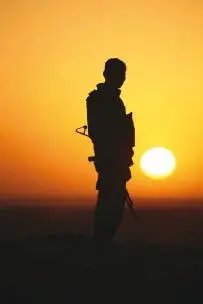
65. Few doubt that ultimately only Afghanistan’s own army can beat the Taliban.
Appendix: Killed in Action in Helmand Province, 17 September 2007–31 March 2008
Читать дальше
